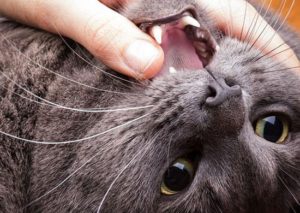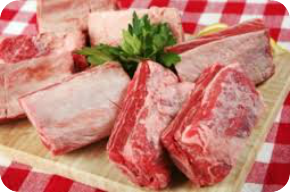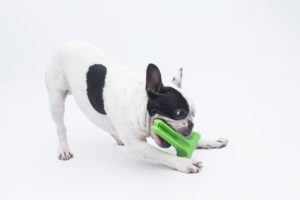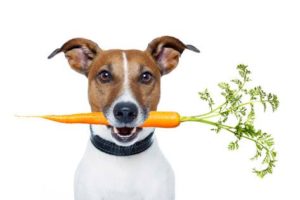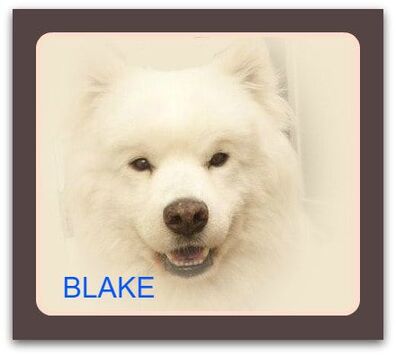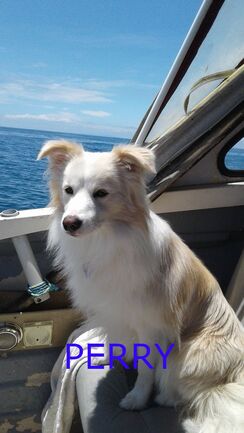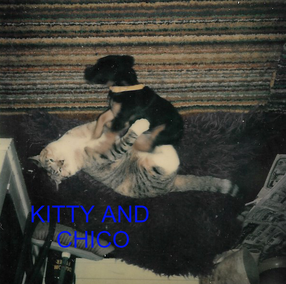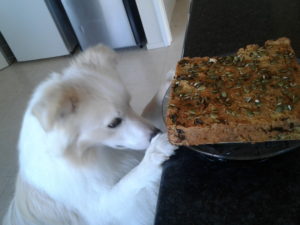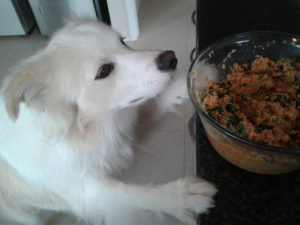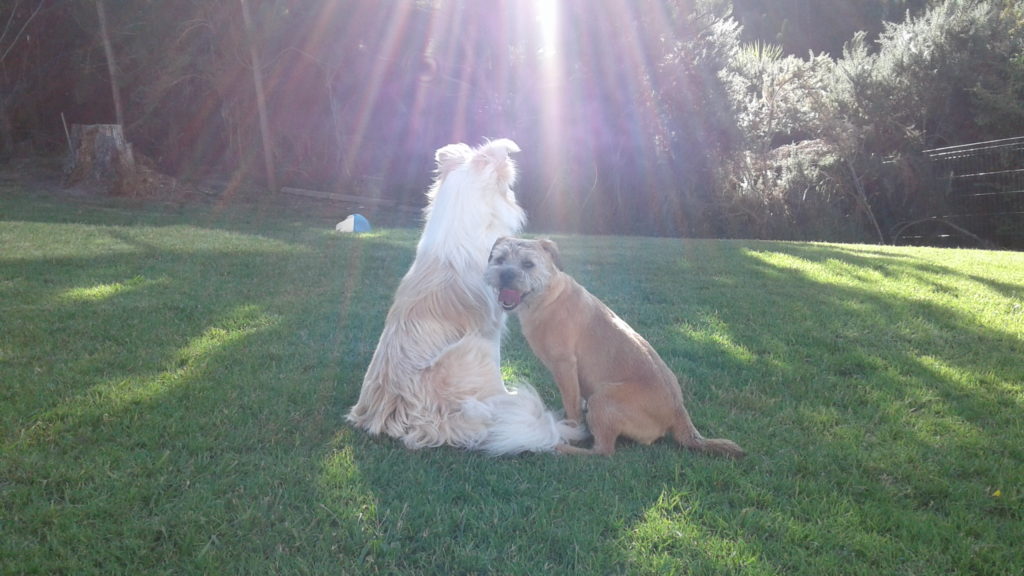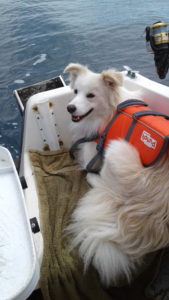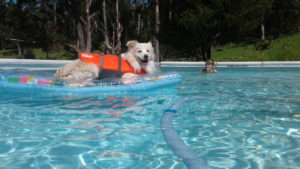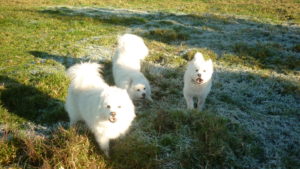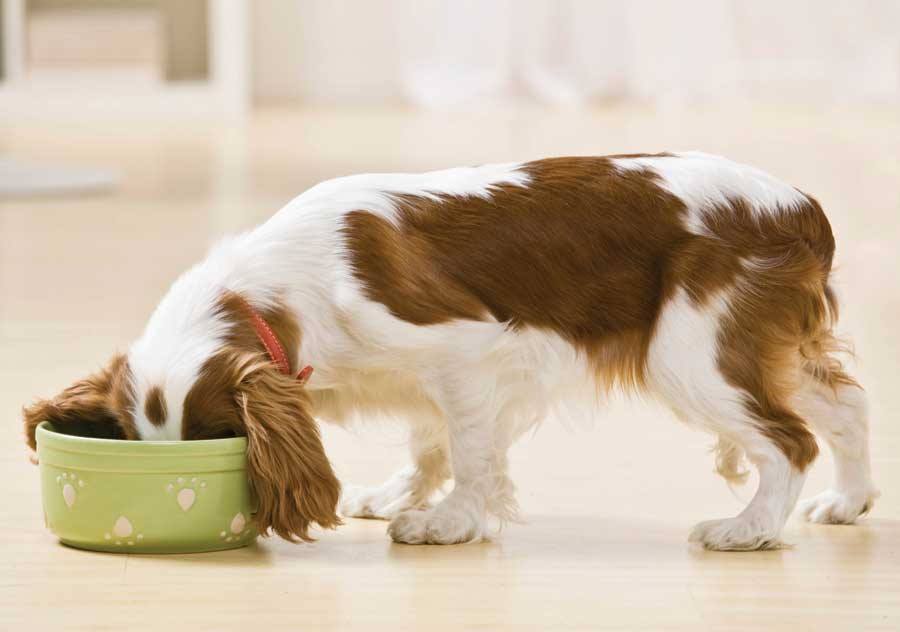5 ALTERNATIVE THERAPIES FOR PETS
Like most pet owners, you want the best for your dog or cat, especially in times of ill health. Your vet should, of course, always be the first person to examine your pet and if you are considering alternative therapies, ask them for their recommendations.
There are many alternative therapy treatments available for pets, and today we are going to explore five of the most popular. Keep reading to learn more.
Homeopathy for Pets
Homeopathy for pets can be an excellent way to keep our furry friends and thriving. Homeopathy operates on the philosophy that ‘like cur healthy es like’. That is, if a substance causes certain symptoms when taken in toxic doses, it can be used to treat those same symptoms, at much lower doses, even when the cause isn’t known.
By using tiny doses, homeopathic treatments aim to stimulate and restore balance within an individual’s bodily systems. Always work with a veterinary homeopathic practitioner to ensure the safety of your pet.
Homeopathy not only focuses on treating the physical symptoms of a condition but also addresses the emotional wellbeing of a pet, providing holistic healing that encourages balance within the body.
Chiropractic Procedures for Dogs
Many pet owners look for ways to reduce pain and improve mobility for their four-legged family members. Chiropractic methods are a popular option.
Although chiropractic procedures are normally associated with human patients, they are also beneficial for dogs. This type of remedy helps to realign canine spines which can relieve pressure on the nervous system, help manage joint degeneration and enhance overall musculoskeletal function.
Choose a professional veterinary chiropractor so you know the treatment regime will be designed specifically with canine health in mind. With the right care and attention, chiropractic procedures can be beneficial for your pup.
Acupuncture for Pets
With the popularity of acupuncture for people on the rise, we are also learning more about its potential to bring relief to our four-legged family members. And when it comes to pet health, holistic approaches are becoming increasingly popular.
Acupuncture has been gaining traction as an effective option when conventional treatments offer limited or no help. Pet owners must find a qualified canine or feline acupuncturist and discuss the goals they have for their pet, which may include improved mobility, better digestion and higher energy levels. And with the right needles placed in just the right spots, this can be a beneficial treatment for your pet.
Chinese Medicine for Pets
Chinese medicine is an ancient and holistic approach to wellness. It employs techniques such as acupressure, acupuncture, and herbal remedies to treat ailments in cats and dogs of all ages.
Aside from treating physical health issues, Chinese medicine for pets can also address emotional and behavioural challenges in animals. Traditional veterinarians sometimes work together with Chinese medicine practitioners to create a comprehensive care plan for your beloved animal companion. Regardless of the results you are looking for, Chinese medicine promotes preventive care through diet, exercise, environment control, and other tips unique to each pet’s condition.
Reiki for Pets
Reiki is an ancient Japanese energy healing technique increasingly used to improve the wellness of our four-legged friends. Through gentle touch, it harnesses positive energy and can create a sense of relaxation and balance in animals, as it does in people.
Reiki is believed to act as a natural form of healing that helps restore pets’ physical, emotional, psychological and spiritual wellbeing. Practitioners mainly use their hands to send energy throughout the pet’s body, influencing his or her entire being. It is believed this can help to provide relief from pain, reduce tension, boost immunity, and restore lost energy, while promoting higher levels of vitality both short and long term.
When looking for an alternative therapy for your pet, it is important to do your research and find a qualified practitioner. Make sure to discuss the goals you have for your pet with the alternative therapist before starting treatment. And always consult with your veterinarian before making any changes to your pet’s healthcare routine. With so many holistic options available today, there is surely one that will help improve your pet’s quality of life.
A New Technology For The Health Of Our Pets And Us
One device that complements any of the therapy modalities I’ve mentioned here is the iTeraCare Device.

This amazing new tool for home use or professional use in clinics, can be used on humans and animals. But take note that it is not a healing device, it helps enable our own stem cells to repair any damaged cells in our own bodies and works the same way in our pets.
I used the Classic device on my dog Perry in the photos when he got a hotspot. It scabbed and healed in two days. I’ve never seen a hotspot heal so quickly. This was because the wand allowed Perry’s cells to heal and fight off invaders much quicker than other methods alone.
The Classic wand is a perfect addition to your first aid kit for you and your pets. For more information on this new technology that can save you a fortune on specialist visits, go to my YouTube channel playlist for iTeraCare here. Full disclosure; I am an international distributor of the device and if you email me after viewing the videos, I will help you with how to proceed in your purchase if you are interested in this kind of energy healing. It has been an investment for my household well worth doing.
Perry's Nasty Hotspot
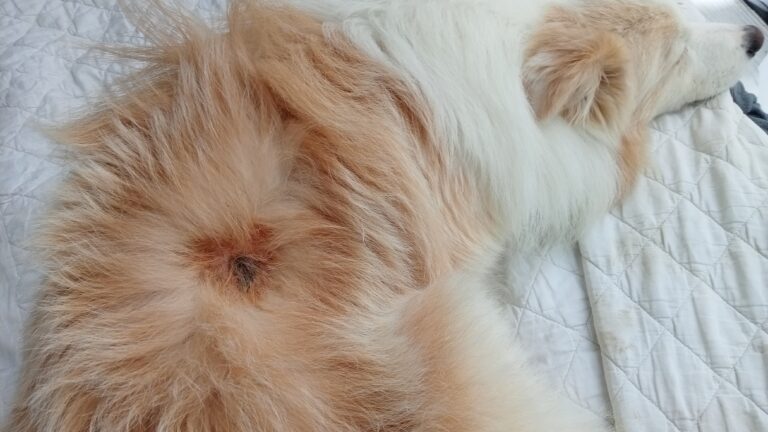
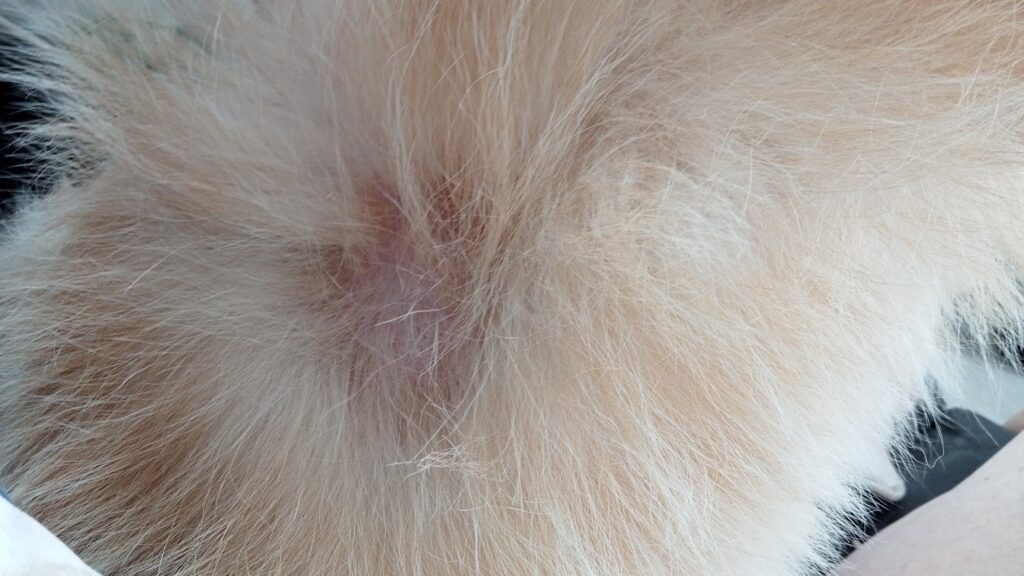
5 ALTERNATIVE THERAPIES FOR PETS Read More »

